Home>Gardening & Outdoor>Landscaping Ideas>How To Eliminate Johnson Grass
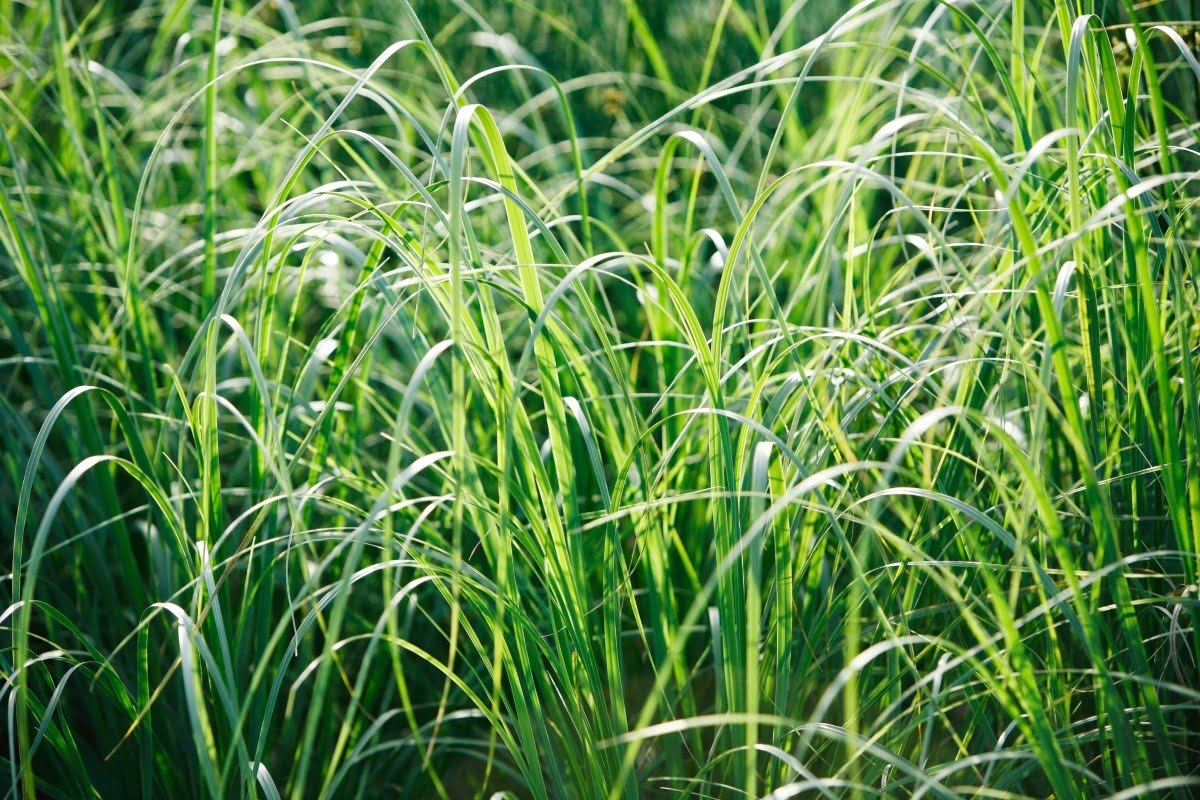

Landscaping Ideas
How To Eliminate Johnson Grass
Modified: February 18, 2024
Learn effective landscaping ideas to eliminate Johnson grass and restore the beauty of your lawn. Get expert tips and solutions for a weed-free landscape.
(Many of the links in this article redirect to a specific reviewed product. Your purchase of these products through affiliate links helps to generate commission for Storables.com, at no extra cost. Learn more)
Introduction
Welcome to the battle against Johnson grass, an invasive and persistent weed that can wreak havoc on your landscape. In this comprehensive guide, we will explore the ins and outs of Johnson grass, from understanding its characteristics to identifying and effectively eliminating it from your outdoor space. Whether you’re a seasoned gardener or a newcomer to the world of landscaping, arming yourself with the knowledge to combat this resilient intruder is essential for maintaining a thriving and beautiful outdoor environment.
Johnson grass, scientifically known as Sorghum halepense, is a perennial grass weed that can quickly overtake lawns, gardens, and agricultural fields. Its aggressive nature and deep root system make it a formidable opponent, capable of crowding out desirable plants and causing headaches for property owners. By delving into the specifics of Johnson grass and learning how to prevent and eradicate it, you’ll be better equipped to reclaim your landscape and prevent future infestations.
Join us on this journey as we uncover the secrets to effectively managing and eliminating Johnson grass, allowing you to cultivate a flourishing outdoor space that is free from the clutches of this persistent weed.
Key Takeaways:
- Takeaway 1: Johnson grass is a tough weed with deep roots and fast growth. Prevent it by monitoring, maintaining your landscape, and removing it early to keep your outdoor space healthy and beautiful.
- Takeaway 2: To eliminate Johnson grass, use a mix of methods like hand pulling, smothering, herbicides, and professional help. Stay persistent and proactive to reclaim your landscape from this stubborn weed.
Read more: What Is Johnson Grass
Understanding Johnson Grass
Before diving into the eradication process, it’s crucial to gain a comprehensive understanding of Johnson grass. This invasive weed is native to the Mediterranean region and was introduced to the United States as a forage crop in the 19th century. While it served a practical purpose in the agricultural sector, its aggressive growth and ability to outcompete native vegetation quickly earned it a reputation as a problematic weed.
Johnson grass is a perennial plant that belongs to the grass family. It is characterized by its tall, coarse stems, which can reach heights of up to 8 feet. The leaves are long and narrow, with a prominent midrib and a membranous ligule. The plant’s root system is extensive, with deep, fibrous roots that enable it to thrive in a variety of soil types and conditions.
One of the most notable features of Johnson grass is its robust rhizome system. Rhizomes are underground stems that give rise to new shoots and roots, allowing the plant to spread rapidly and establish dense colonies. This aggressive reproductive strategy makes Johnson grass particularly challenging to control, as even small rhizome fragments can regenerate into new plants.
Johnson grass is also known for its prolific seed production. Each plant can produce thousands of seeds, which are dispersed by wind, water, and human activity. This high seed output contributes to the weed’s ability to colonize new areas and persist in the landscape, posing a continuous threat to the health and aesthetics of outdoor spaces.
By familiarizing yourself with the growth habits, reproductive mechanisms, and ecological preferences of Johnson grass, you can gain valuable insights into the most effective strategies for managing and eradicating this troublesome weed. Armed with this knowledge, you’ll be better prepared to tackle the task of controlling Johnson grass and restoring balance to your landscape.
Identifying Johnson Grass
Recognizing Johnson grass amidst a sea of vegetation is a crucial first step in combating its spread. While the plant’s distinctive features make it relatively easy to identify, distinguishing it from similar-looking grasses is essential for targeted control measures.
Johnson grass can be identified by several key characteristics:
- Height and Growth Habit: Johnson grass typically grows much taller than surrounding grasses, reaching heights of up to 8 feet. Its upright, coarse stems and dense growth habit set it apart from other grass species.
- Leaf Structure: The leaves of Johnson grass are long, lance-shaped, and have a prominent midrib. They are arranged alternately along the stem and may exhibit a bluish-green hue, particularly in younger plants.
- Seedhead Formation: Mature Johnson grass plants produce distinctive seedheads that consist of densely packed spikelets. These seedheads can vary in color from purplish to tan and are borne at the tips of the stems.
- Rhizome System: Below the soil surface, Johnson grass spreads via an extensive network of rhizomes. These underground stems give rise to new shoots and enable the plant to form dense colonies, often outcompeting desirable vegetation.
When differentiating Johnson grass from other grassy species, it’s essential to pay attention to its growth pattern, leaf structure, and reproductive features. While the plant’s robust growth and prolific seed production make it a formidable weed, its unique characteristics also serve as valuable identifiers for effective management and control.
By familiarizing yourself with the distinct traits of Johnson grass and honing your ability to spot it in your landscape, you can take proactive measures to prevent its establishment and limit its impact on the overall health and aesthetics of your outdoor space.
To eliminate Johnson grass, regularly mow the area to prevent seed production and spread. Additionally, use herbicides specifically designed to target and kill Johnson grass.
Preventing Johnson Grass
When it comes to managing Johnson grass, prevention is often the most effective strategy. By implementing proactive measures to prevent the establishment and spread of this invasive weed, you can save yourself the time and effort required for extensive eradication efforts down the line.
Here are some key tactics for preventing the encroachment of Johnson grass in your landscape:
- Vigilant Monitoring: Regularly inspect your lawn, garden, and surrounding areas for any signs of Johnson grass infestation. Early detection can significantly aid in the containment and eradication of this invasive weed.
- Proper Landscape Maintenance: Maintaining healthy, dense turf and garden beds can help suppress the growth of Johnson grass. Regular mowing, adequate irrigation, and appropriate fertilization can promote the vigor of desirable plants, reducing the opportunity for Johnson grass to establish itself.
- Preventing Seed Spread: Be mindful of potential sources of Johnson grass seeds, such as neighboring properties or disturbed areas. Taking steps to minimize the introduction and dispersal of seeds can help prevent new infestations from taking hold.
- Minimizing Soil Disturbance: Johnson grass thrives in disturbed soil, so minimizing unnecessary soil disruption can limit its ability to colonize new areas. When landscaping or conducting construction activities, take care to minimize soil disturbance and promptly address any exposed soil to prevent Johnson grass from taking root.
- Early Intervention: If you spot isolated Johnson grass plants or small patches, take immediate action to remove them before they have a chance to spread. Promptly and thoroughly remove the entire plant, including its underground rhizomes, to prevent regrowth.
By incorporating these preventive strategies into your landscape management practices, you can create an environment that is less hospitable to Johnson grass, reducing the likelihood of infestations and minimizing the need for extensive eradication efforts in the future.
Next, we’ll delve into the various methods for eliminating Johnson grass, equipping you with the knowledge and techniques necessary to effectively combat this persistent weed and reclaim your outdoor space.
Eliminating Johnson Grass
When faced with an established infestation of Johnson grass, effective elimination methods are essential to regain control of your landscape. While eradicating Johnson grass can be a challenging endeavor, employing a combination of targeted approaches can help you successfully combat this invasive weed.
Here are several strategies for eliminating Johnson grass from your outdoor space:
- Hand Pulling: For small infestations or individual plants, hand pulling can be an effective method of removal. Ensure that you remove the entire plant, including its underground rhizomes, to prevent regrowth. Regular monitoring and follow-up removals may be necessary to address any new growth.
- Smothering: Smothering Johnson grass with heavy mulch or a thick layer of landscape fabric can help suppress its growth and prevent sunlight from reaching the plants. Over time, this can weaken the weed and make it easier to remove. However, vigilance is required to ensure that the smothering method effectively eliminates the weed.
- Herbicide Application: Selective herbicides specifically formulated to target grassy weeds, such as glyphosate-based products, can be effective in controlling Johnson grass. Carefully follow the product instructions and safety guidelines when applying herbicides, and consider seeking professional assistance for large-scale treatments.
- Repeated Cultivation: By consistently disrupting the soil and severing the rhizomes, repeated cultivation can weaken the vigor of Johnson grass. However, this method requires persistence and may need to be combined with other control measures for optimal results.
- Professional Assistance: In instances of extensive or persistent infestations, enlisting the help of professional landscapers or weed control specialists can provide valuable expertise and resources for effectively managing and eliminating Johnson grass.
It’s important to note that successful eradication of Johnson grass often requires a multi-faceted approach, as the weed’s resilient nature and reproductive capabilities make it particularly challenging to control. By combining mechanical, cultural, and chemical control methods, you can maximize your efforts to eliminate Johnson grass and prevent its resurgence in your landscape.
With patience, diligence, and a strategic approach, you can overcome the challenges posed by Johnson grass and restore the health and beauty of your outdoor environment.
Read more: What Will Kill Johnson Grass
Conclusion
Congratulations on embarking on the journey to understand and combat the pervasive threat of Johnson grass in your landscape. By delving into the intricacies of this invasive weed and learning effective strategies for prevention and elimination, you’ve taken a proactive step toward reclaiming the health and beauty of your outdoor space.
Throughout this guide, we’ve explored the fundamental aspects of Johnson grass, from its origins and growth habits to the essential techniques for identifying, preventing, and eliminating it. Armed with this knowledge, you are better equipped to address Johnson grass infestations and protect your landscape from its encroachment.
Remember, vigilance is key in the ongoing battle against Johnson grass. Regular monitoring of your lawn, garden, and surrounding areas can help you detect and address any signs of infestation early on, minimizing the weed’s impact and facilitating effective control measures. Additionally, maintaining a healthy and well-maintained landscape can create an environment that is less conducive to Johnson grass growth, reducing the likelihood of infestations in the first place.
When it comes to eliminating Johnson grass, a multi-faceted approach that combines manual removal, smothering, herbicide application, and, if necessary, professional assistance, can help you achieve successful results. By integrating these strategies and adapting them to the specific needs of your landscape, you can effectively manage and eradicate Johnson grass, restoring balance and vitality to your outdoor environment.
As you continue your journey as a steward of your landscape, remember that persistence and a proactive mindset are your greatest allies. By staying informed, implementing preventive measures, and addressing Johnson grass infestations promptly and comprehensively, you can maintain a thriving and resilient outdoor space that is free from the clutches of this persistent weed.
Thank you for joining us on this exploration of Johnson grass and its management. May your landscape flourish and thrive, unencumbered by the challenges posed by invasive weeds.
Frequently Asked Questions about How To Eliminate Johnson Grass
Was this page helpful?
At Storables.com, we guarantee accurate and reliable information. Our content, validated by Expert Board Contributors, is crafted following stringent Editorial Policies. We're committed to providing you with well-researched, expert-backed insights for all your informational needs.

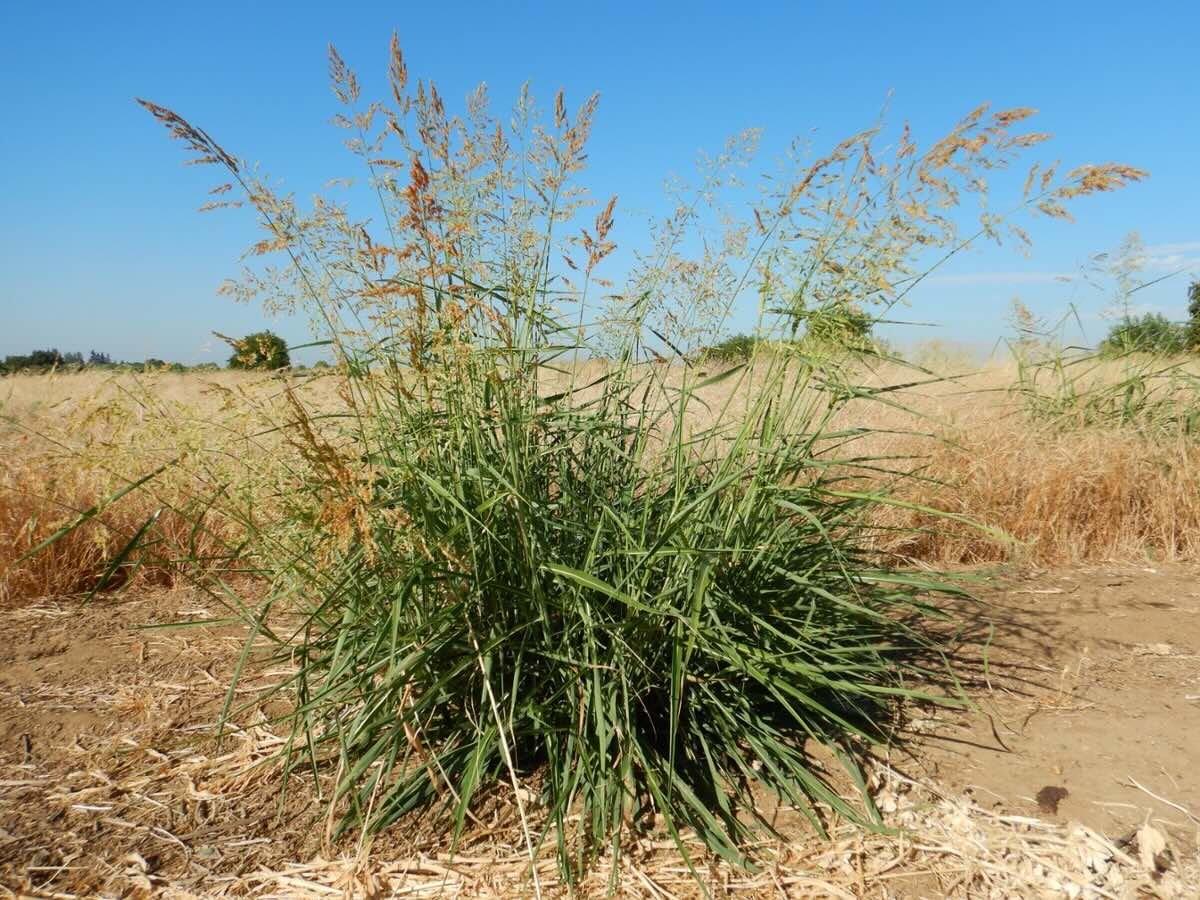
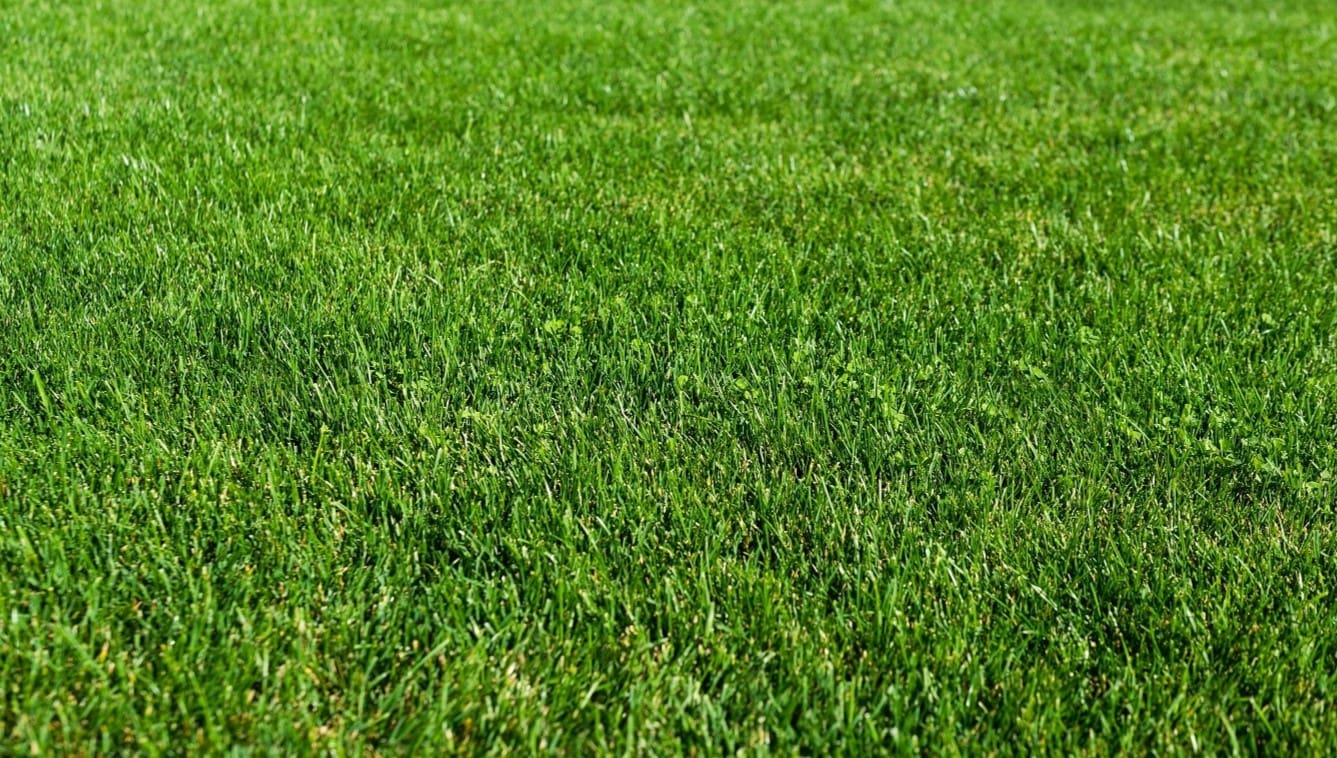
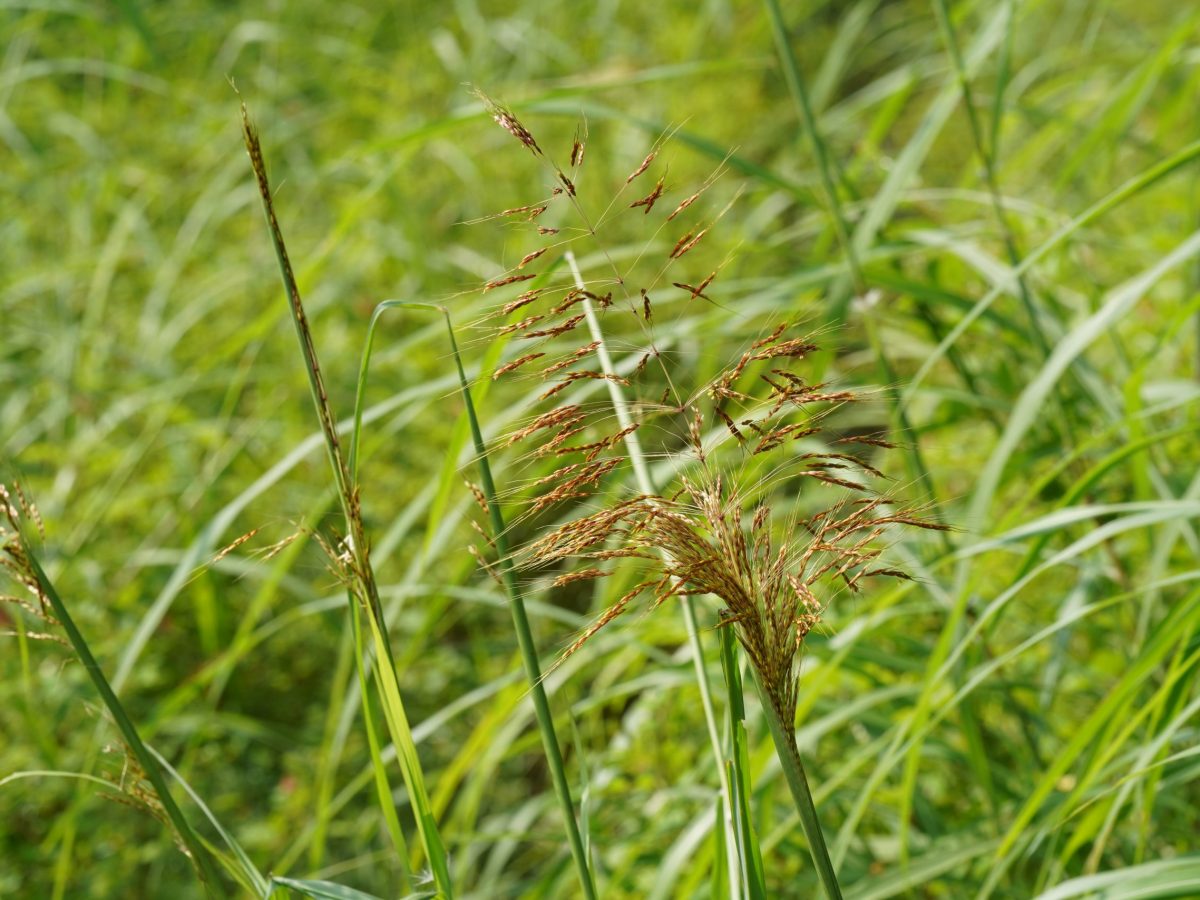

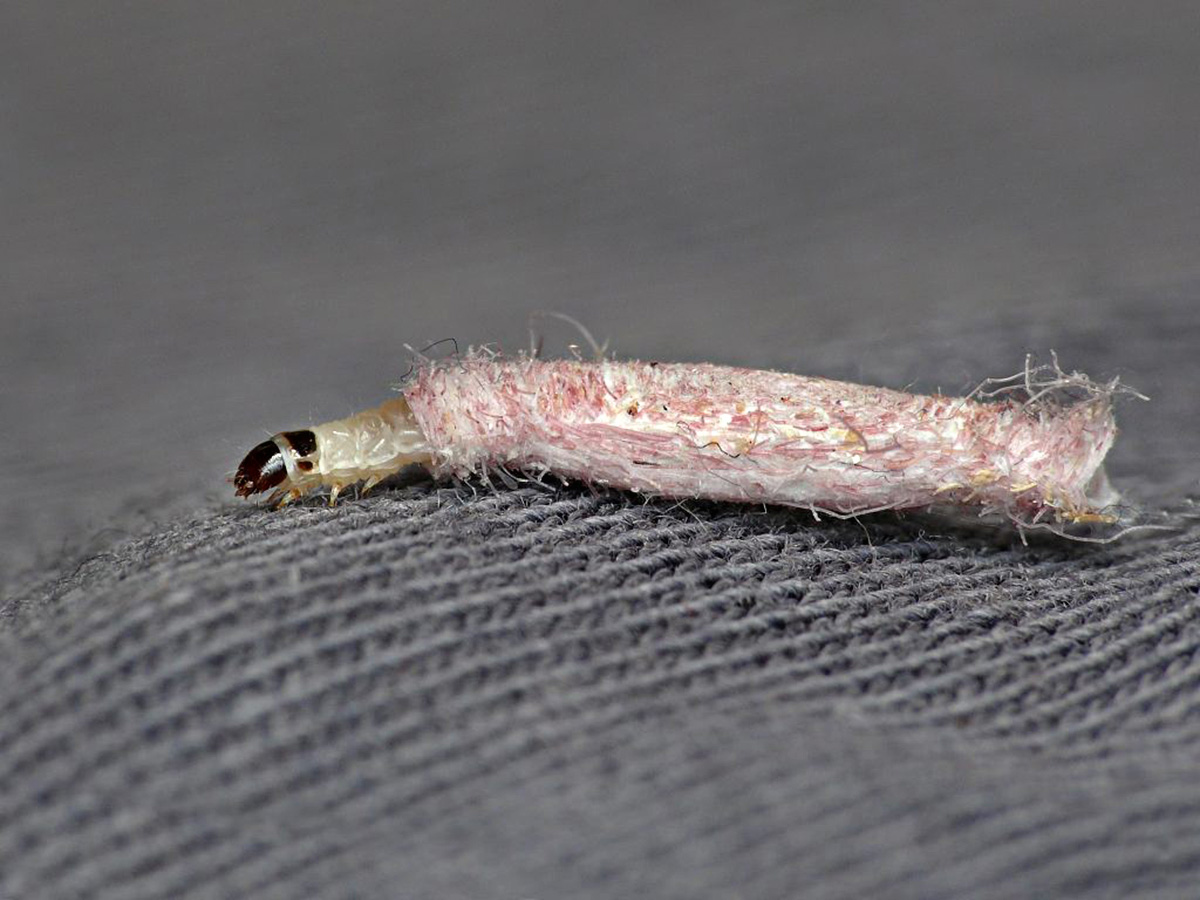
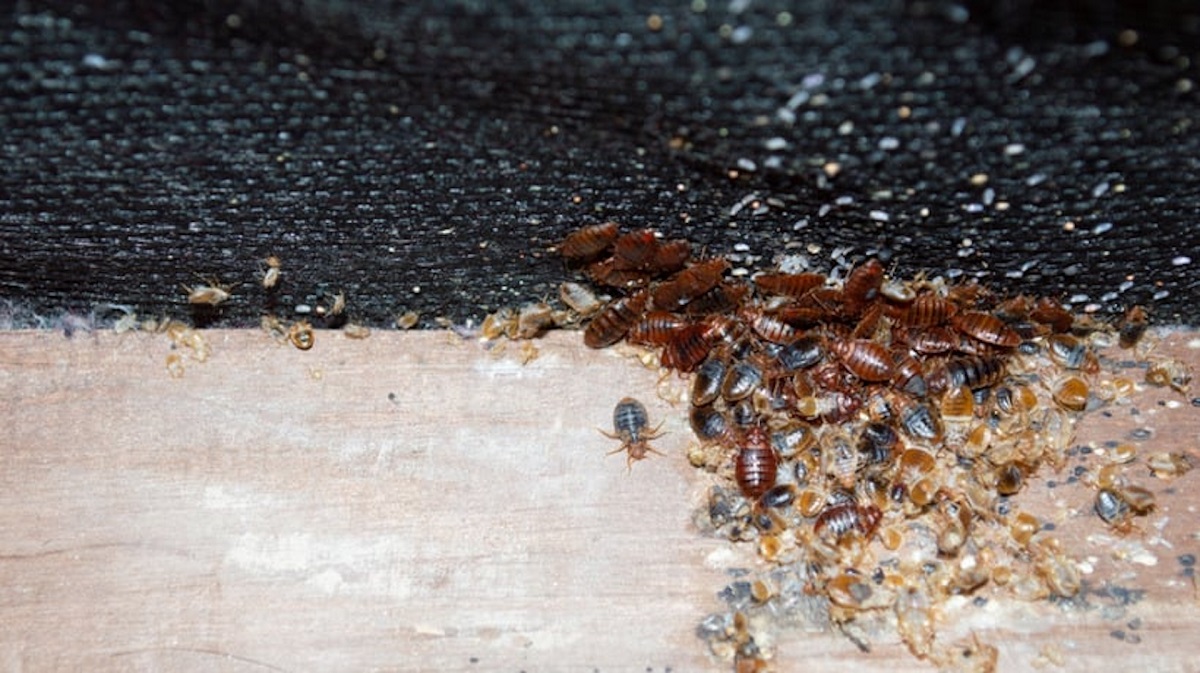

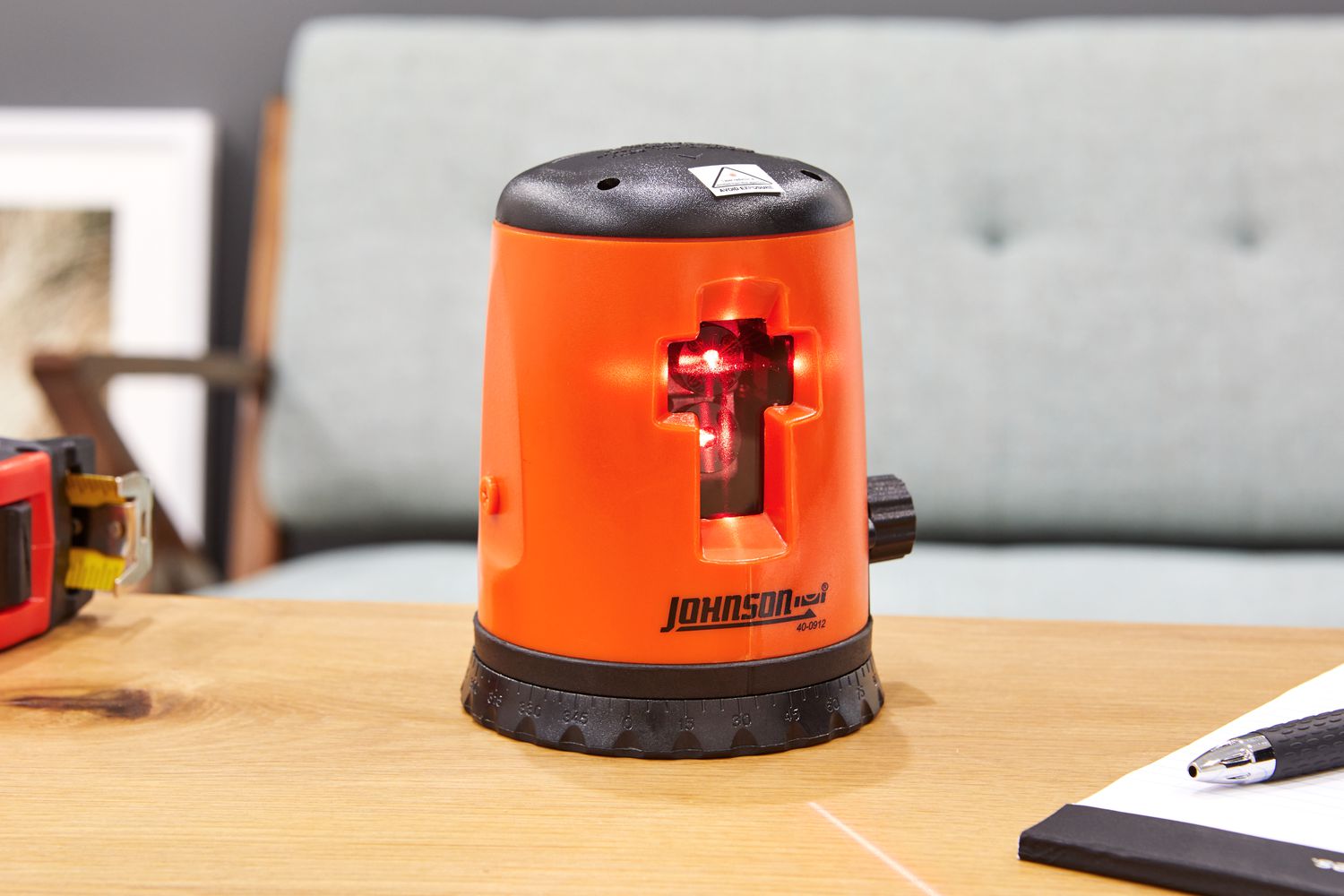


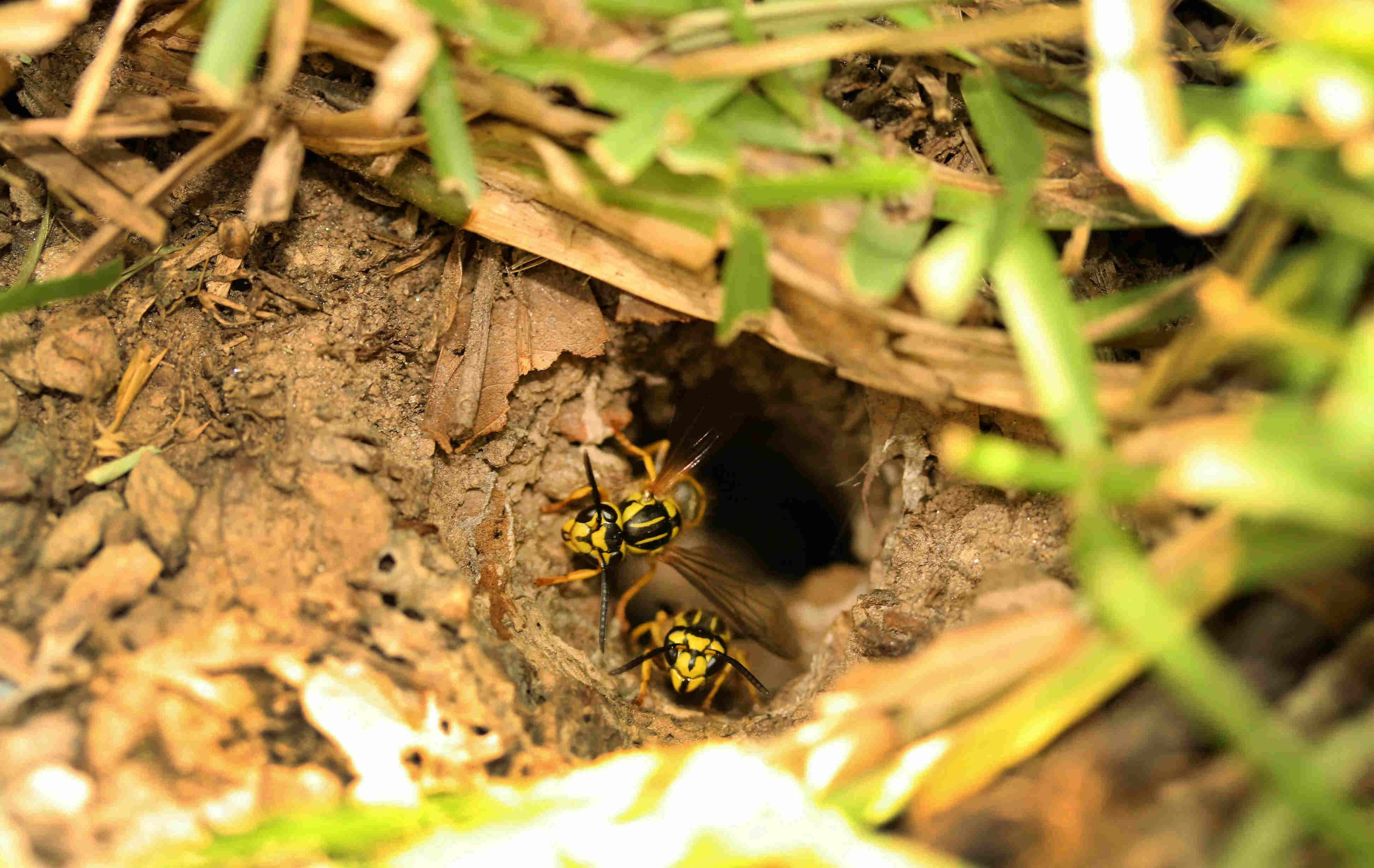



0 thoughts on “How To Eliminate Johnson Grass”